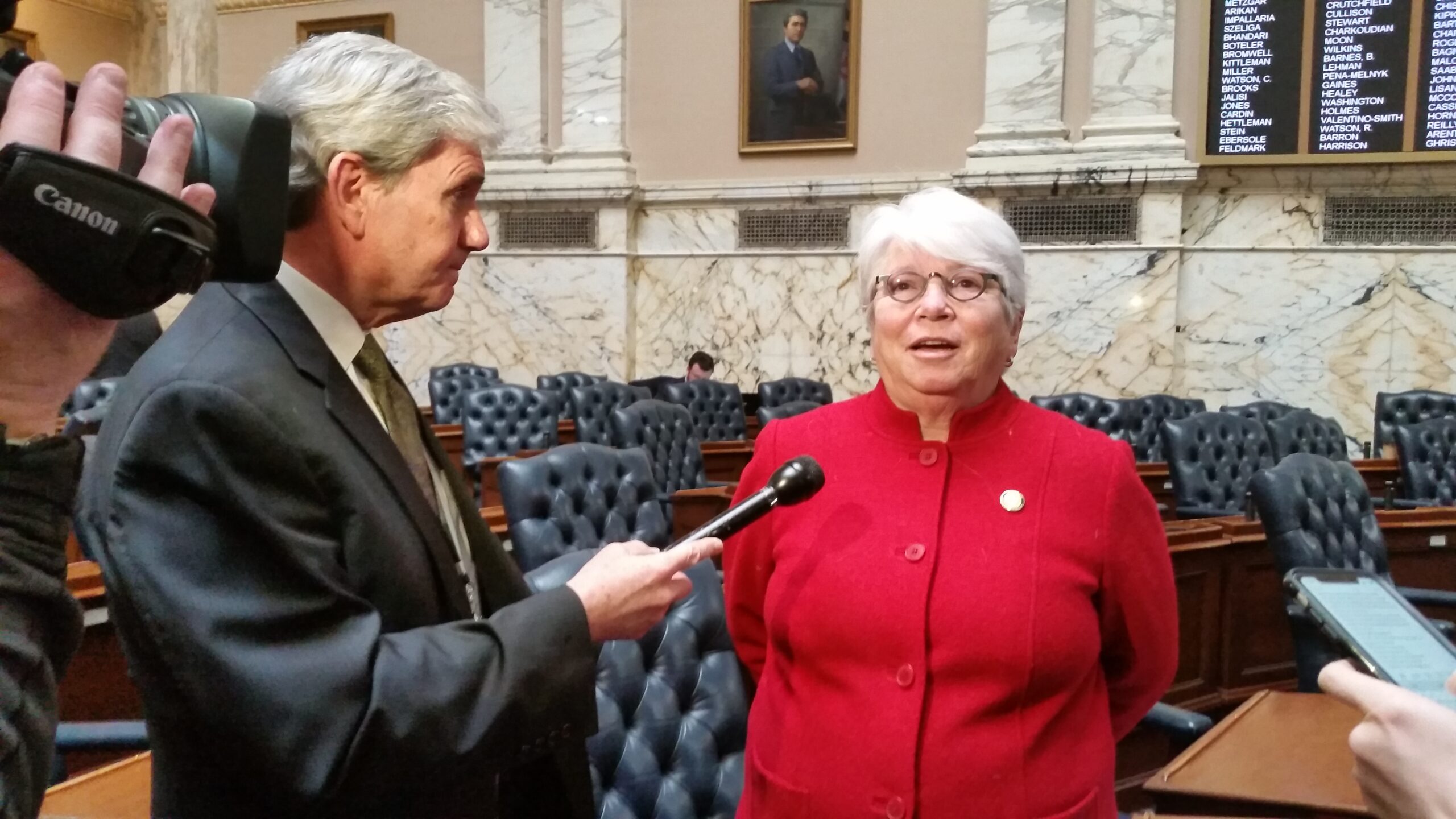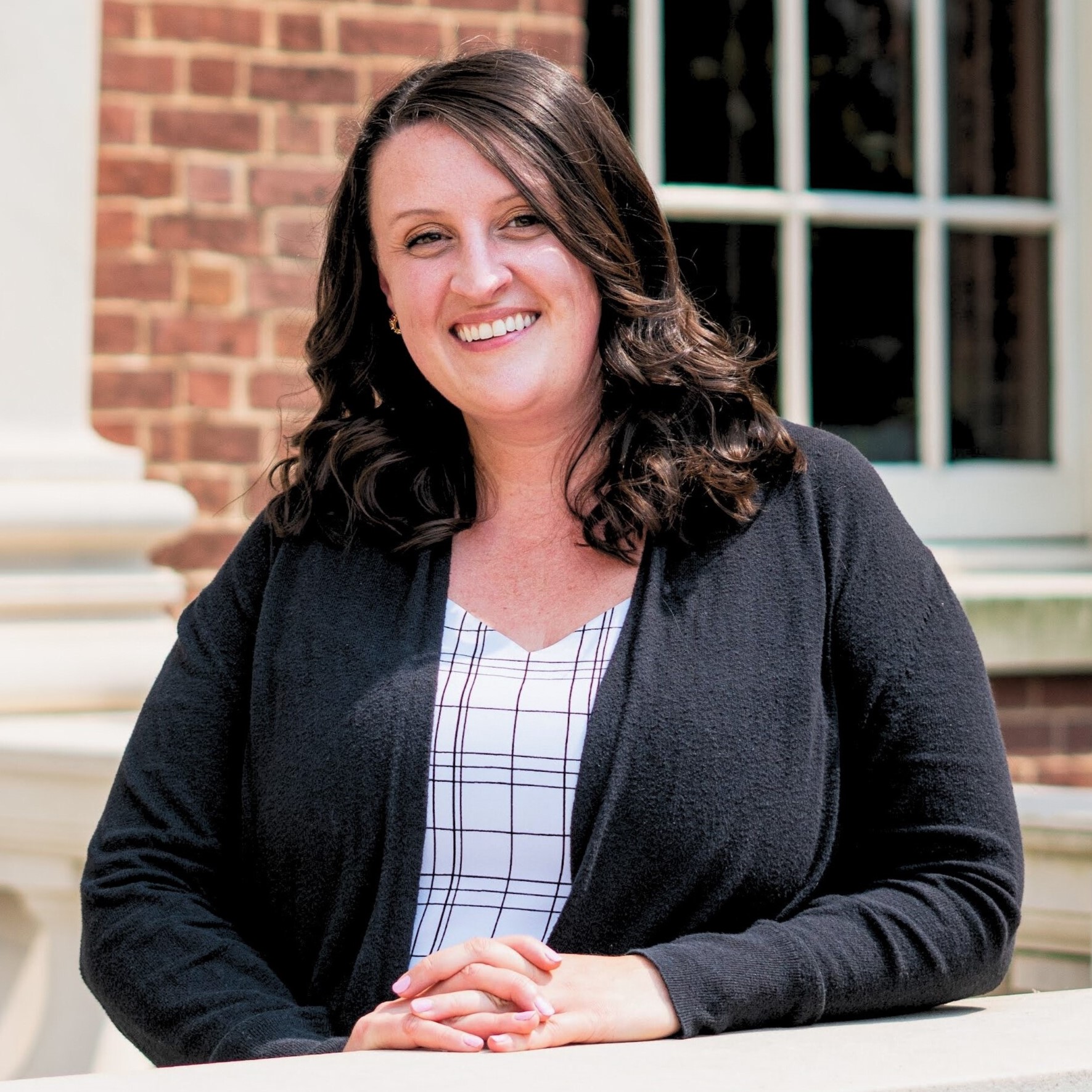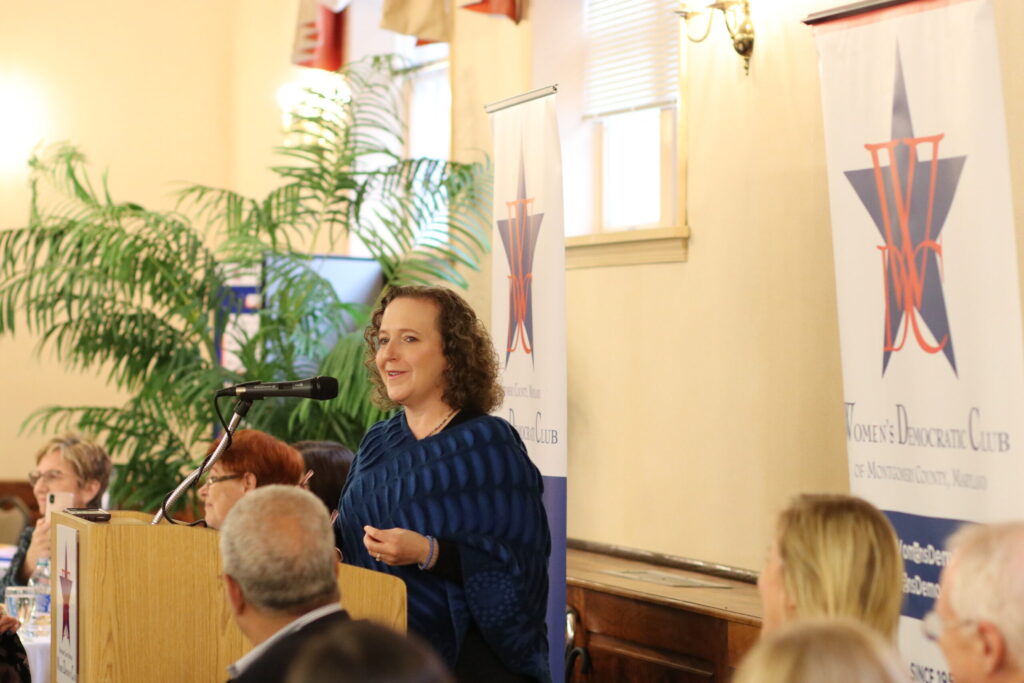Lawmakers Scrambling to Confront School Construction Needs

Lawmakers have put forward more than a dozen bills this year seeking millions of dollars – billions, in fact – for school construction funding. But hammering out a long-term solution to long-needed school improvements could take more work than just one legislative session can provide.
“There’s a lot going on in school construction. I’m looking at all of the options,” House Appropriations Chair Maggie L. McIntosh (D-Baltimore City) said last week.
She hopes this year – or next – to figure out a path that would satisfy local school boards throughout the state, from those struggling with increases in enrollment to those struggling to bring old buildings into tip-top shape.
“There’s just a very, very part pent-up demand,” McIntosh said.
She’s been meeting with county executives and education leaders throughout Maryland to discuss options.
Some increased school construction funding will “absolutely” get passed this year, lawmakers assert. McIntosh may also borrow ideas from some of the dozen or so House bills headed to her committee to draw up a new plan altogether, she said.
Gov. Lawrence J. Hogan Jr. (R) put forward a bill that would direct money from the state’s Education Trust Fund to fund $1.8 billion in school construction projects through the Maryland Stadium Authority. Del. Kathleen M. Dumais (D-Montgomery) has a bill that would authorize the same amount of spending on public school construction from the stadium authority, but draws the funding from excess lottery revenues.
Dumais, the House majority leader, said her bill would aim to increase school construction funding without pulling funds from the trust fund, which could then be used for the far-reaching education policy recommendations of the Kirwan Commission.
Dumais said lawmakers have the difficult task of balancing the need to fund sturdy school buildings, and the need to fund the programs that take place inside of them.
Other bills have also eyed the stadium authority as a construction funding solution.
Del. Pat Young (D-Baltimore County) has a bill that would authorize the stadium authority to issue $750 million in school construction funding for his county. A measure from Del. Anne R. Kaiser (D-Montgomery) would also tap the authority, authorizing the issuance $1.1 billion in bonds for construction projects at overcrowded Montgomery County public schools and additional funding to help other school systems with increasing enrollment.
Del. Geraldine Valentino-Smith (D-Prince George’s) has a bill that would require governors to set aside a certain amount of money each year for school maintenance.
Del. Jefferson L. Ghrist (R-Upper Shore) has a bill that would allow the Interagency Commission on School Construction to pay for additional costs in counties with high percentages of children in poverty or limited county budgets.
While the state has increased school construction funding since 2004 to meet a then-$3.85 billion backlog, spending hasn’t matched the growing need for school building and maintenance.
At a meeting of the House Appropriations Committee in January, Robert Gorrell, the executive director of the Interagency Commission on School Construction, told lawmakers that the relative need between schools in a county and between counties themselves have remained constant over time.
In one sign of strain, Hogan’s preliminary appropriation for the fiscal year 2020 public school capital improvement program is $280 million, and the IAC received $697 million in requests from local school districts.
And the requests that come in are not necessarily a reflection of the true need that exists. The projects listed in county capital improvement plans include only those projects for which local governments can provide matching funds, not the amount of funding they’d like or need for school construction or maintenance, including projects that have been deferred for years.
“There are currently needs that far exceed the amount that we are able to allocate,” Gorrell said. “…So we either reduce what it costs us [to build schools] or we have to demonstrate why more funding is necessary and then you have to determine how to do that.”
The Interagency Commission on School Construction is currently creating a statewide assessment of public school buildings throughout the state to identify the full scope of needs.
A sustainable and universal solution to school construction funding is definitely needed in the state, Dumais said. “It’s a question of whether this is the year to do it,” she said. “We just really have to start the conversation.”




 Creative Commons Attribution
Creative Commons Attribution